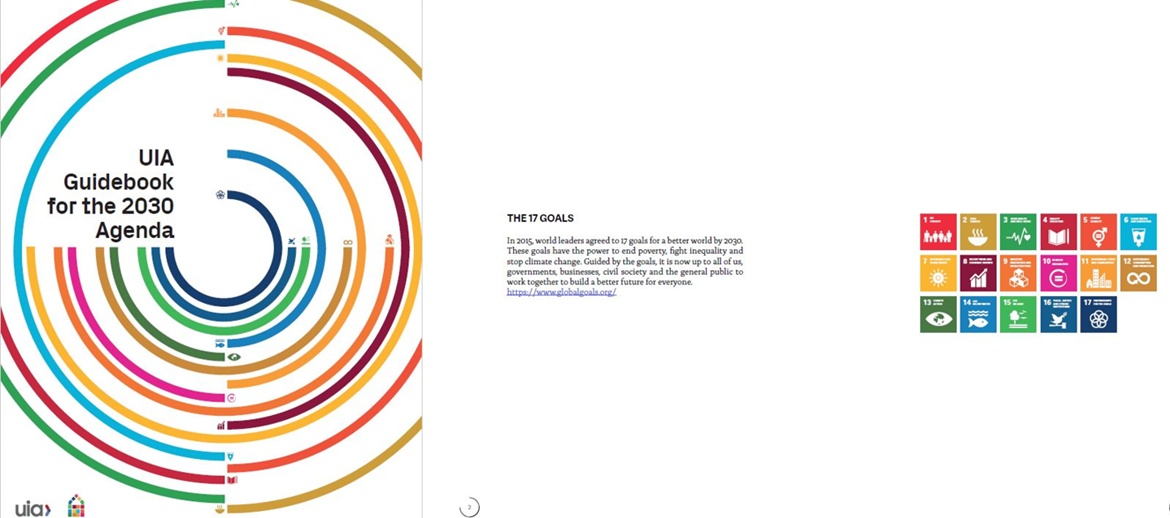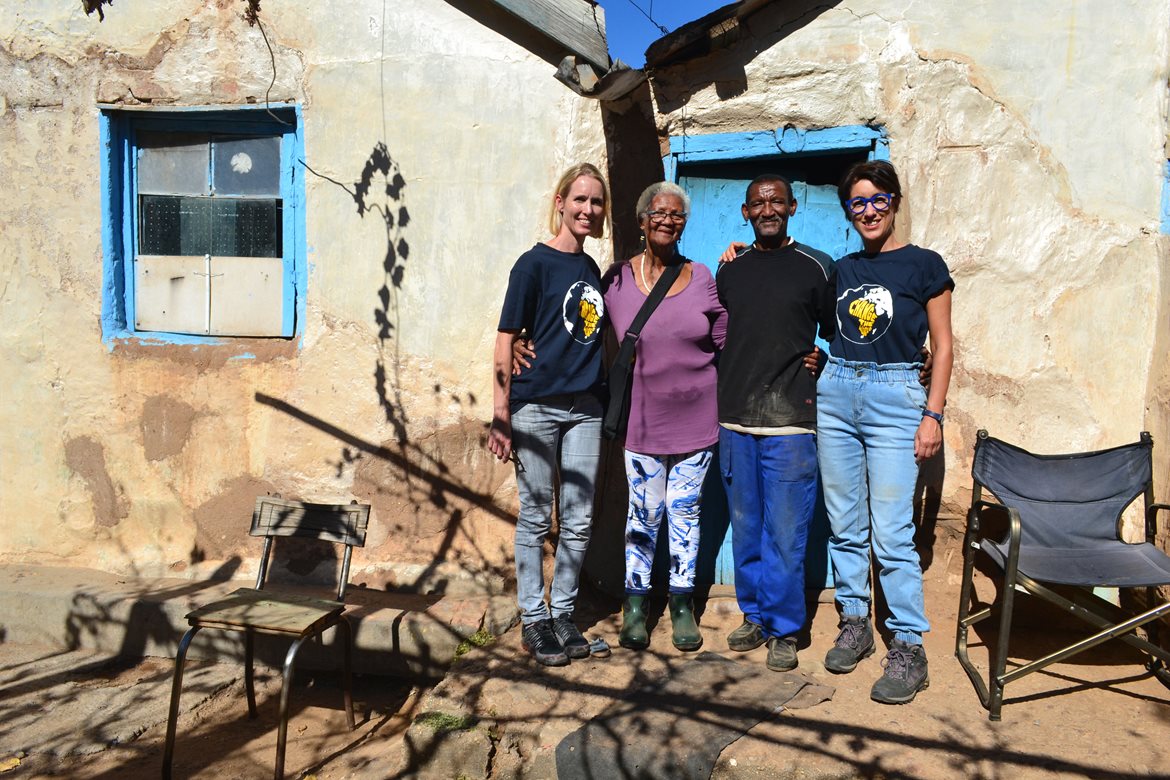It is also an important achievement, because the selection of those Khoikhoi indigenous self-built houses in Baviaanskloof, has been selected, among international examples, as the best environmental regenerative practice, to alleviate poverty and create houses that respond better to the environment from a sustainable viewpoint, said Prof Minguzzi. The project is published is under "Goal 1: End Poverty" at pages 8 to10.


“It's an international acknowledgement of the indisputable value of the Indigenous Knowledge Systems of the First Indigenous peoples of this country. And, of course, great acknowledgement for the work we are doing with the KhoiSan Leaders and community members at the School of Architecture," said Prof Minguzzi.
Regina Gonthier, the UIA President, says in the preface of the Guidebook: "The projects selected to feature in this compendium document examples of remarkable social engagement and creativity. It is particularly encouraging that the projects have been planned and realised in all parts of the world.
"With 96 projects from 29 Member Sections spanning all five UIA Regions, the Guidebook demonstrates how responsible architecture can contribute to the achievement of the 17 UN Sustainable Development Goals across the globe."


Link to download the Guidebook
Prof Minguzzi’s research work group includes Lucy Vosloo from Architectural Technology and Interior Design and the KhoiSan Chiefs. Chief Margaret Coetzee is the team leader for the First Indigenous Peoples, the Inqua, Khoikhoi and the San.
The working group also includes Chief Gaob Thomas Augustus, Gamtobaqua; Gaob Daantjie Japhta, Inqua Camdeboo; Gaob Brato Malgras, Inqua; Chief Xam ≠ Gaob Maleiba, Damasonqua; Paramount Chief Gert Cornelius Steenkamp, Oeswana; Chief Wallace Williams, Oeswana; and Gaos Anne William, Gamtouers/Gamktwa tribe (Thornhill/Loerie area).

Lucy Vosloo, Gaos/Chief Margaret Coetzee of the Inqua people, Sappie Kleinbooi, a community member and Prof Magda Minguzzi, in front of one of the dwelling under study.
The research group is also the only research group in the South of the Continent to receive funds for this project from the Oxford Brookes University-Endangered Wooden Architecture Programme since September 2023.
This allows them to continue with the project of surveying and documenting the Indigenous Knowledge system, applied in that village and geographical area. Mandela University’s Kim Harmse from Architecture and Dr Yolanda Navarro, from the Politecnique University of Valencia (Spain) have joined the project since 2023.
The goal of this international Programme is to help the team, as all the other research funded by them, to add the data collected to Arches, an international open-access database, which contains the most relevant heritage endangered wooden architecture, worldwide.
This is another very important acknowledgement of the importance and relevance in terms of the heritage of the architecture self-build by the First Indigenous Peoples of South Africa, in the Eastern Cape.
Link to Endangered Wooden Architecture Programme
Part of the early output of Prof Minguzzi’s research project was a 30-minute documentary that speaks of the Indigenous Architecture and techniques applied by the local people to self-build their dwellings, using local materials, in a completely sustainable fashion. An important lesson of respect, and light touch, to Mother Earth.
Trailer to the documentary